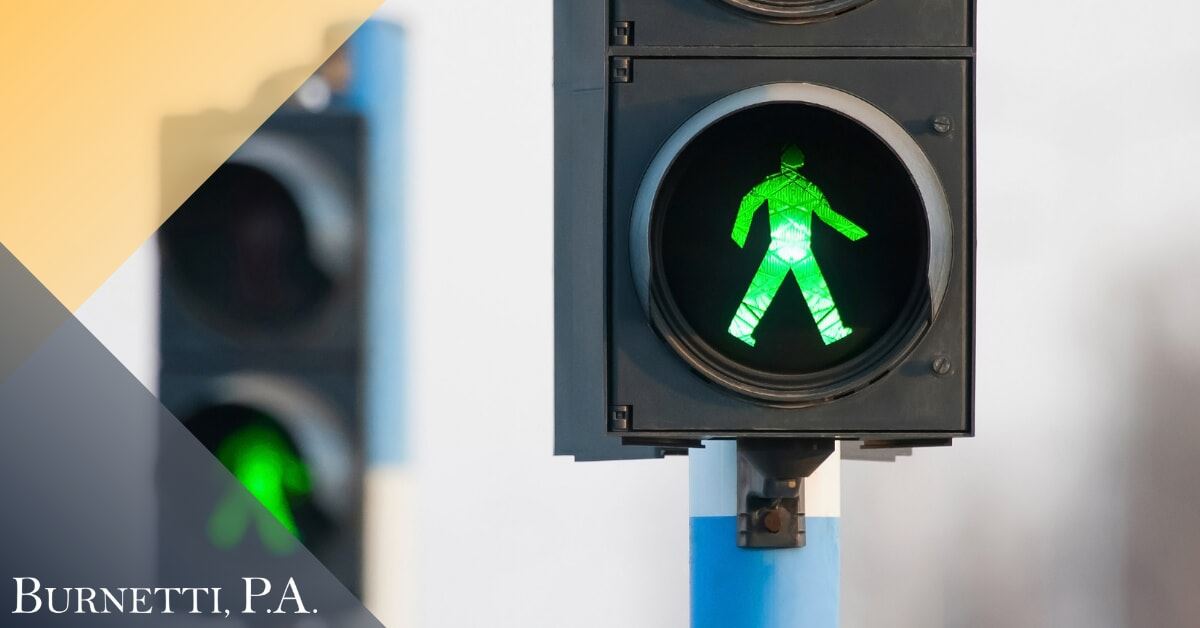As drivers, we're expected to make split second decisions on the road every day. One of those decisions is determining who has the right of way in certain situations. Understanding right of way laws can not only keep us safe, but also prevent accidents from occurring. These laws are in place to ensure that every driver, pedestrian, cyclist, and animal on the road is given the proper space and time to move through traffic.
It can be complicated, but taking the time to learn and understand right of way laws can make all the difference in staying safe on the road. So the next time you approach an intersection, take a moment to consider who has the right of way and prioritize safety over speed.
When Do Pedestrians Have the Right of Way?
As you stroll down the sidewalk, you may assume that all cars will stop for you as a pedestrian. However, this isn't always the case. It's important to understand when pedestrians have the right of way to avoid any potential accidents. According to traffic laws, pedestrians have the right of way in crosswalks, whether they are marked or unmarked.
Additionally, if there is no traffic signal or stop sign present, pedestrians have the right of way when crossing a street at an intersection. While it may seem like common sense for drivers to stop for pedestrians, it's important for both parties to be aware of the laws to ensure everyone's safety on the roads.
When Do Drivers Have the Right of Way?
When it comes to driving, knowing and following the rules of the road is crucial to ensuring safety for drivers and pedestrians alike, but one rule that may be particularly important to understand is the concept of right of way. Essentially, right of way refers to the responsibility of one vehicle or pedestrian to yield to another in certain situations, such as when approaching a four-way stop or turning left in front of oncoming traffic.
Of course, it's important to remember that even if a driver technically has the right of way, it's always important to proceed with caution and keep an eye out for any potential hazards on the road. By understanding when drivers have the right of way, we can all contribute to safer and more responsible driving practices.
When Do Bicyclists Have the Right of Way?
Bicyclists and motorists often find themselves disputing over who has the right of way on the road. But when do bicyclists actually have the right of way? Well, the simple answer is that it depends on the situation. In general, bicyclists are required to follow the same traffic laws as motorists. If the bicyclist is riding on the road and following traffic laws, they have the same right of way as any other vehicle. However, it's important to note that there are certain circumstances in which bicyclists may be afforded special right of way.
For example, if a bicyclist is riding in a bike lane or a shared lane and a car is making a turn or merging, the bicyclist may have the right of way over the car. It's important for both motorists and bicyclists to stay informed about traffic laws and be aware of each other on the road to ensure everyone's safety.
